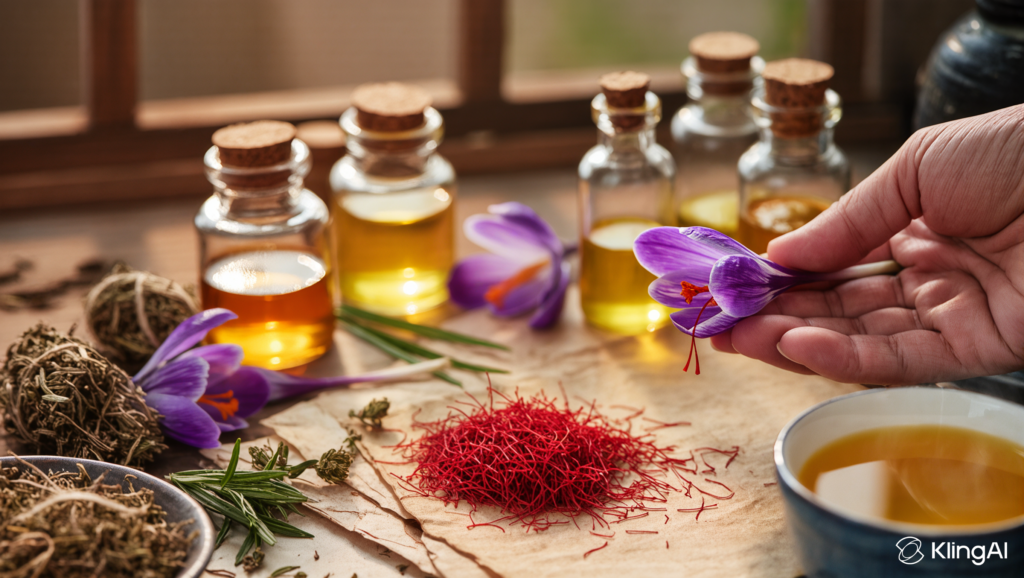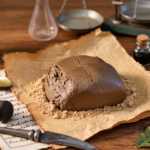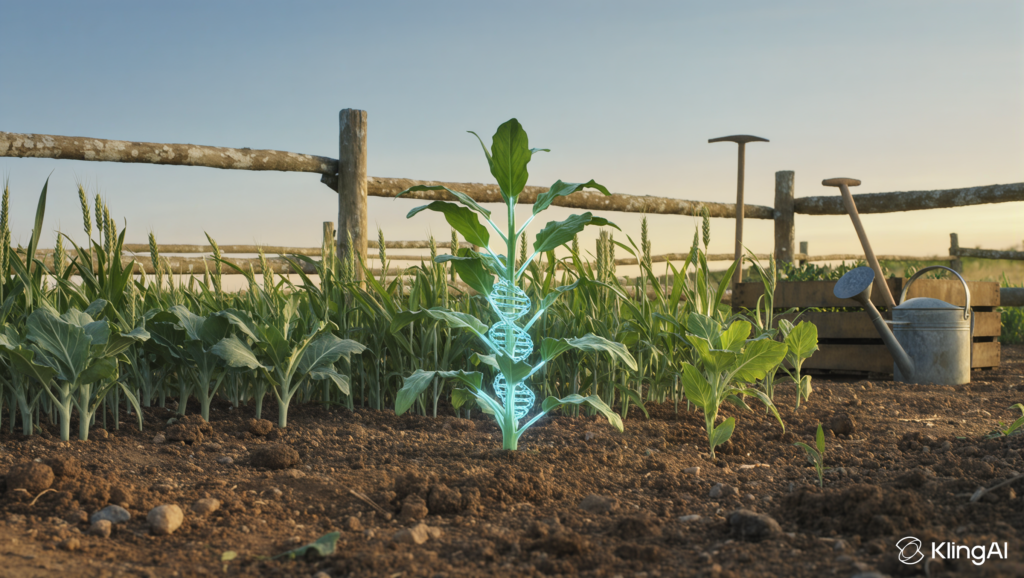Saffron is more than just a gorgeous, golden-hued spice that brings heady aroma and flavor to dishes across the globe. It’s been featured in paella, Persian rice, Indian sweets, and the perfume cabinets of kings, but it’s also famous for another reason: it’s the most expensive spice on earth—worth more per gram than silver. Yet price isn’t where the magic ends. Modern science is now catching up with ancient wisdom, confirming that saffron can elevate mood, protect your heart, support immunity, and even sharpen your mind. Here’s a deep dive into why saffron costs a small fortune—and why it’s treasured for so much more than its luxury status.
Why Is Saffron So Expensive? The Reality Behind the Price Tag
Saffron comes from the Crocus sativus flower, specifically its vivid red stigmas (the pollen-receiving tips inside the flower). Each flower produces only three of these delicate threads. What does this mean in practice?
- It takes about 75,000 flowers to make just one pound of saffron threads.
- The harvesting window is only a few weeks in autumn. Each bloom lasts just hours and the threads must be plucked by hand while the flower is fresh and open.
- Vast fields must be cultivated, all for a tiny harvest. That’s why a pound of authentic saffron can fetch up to $10,000 wholesale, making it costlier than many precious metals.
Labor is the key driver of cost: Every step—planting, picking, plucking, and drying—is done by skilled human hands. Labor costs, combined with land, water, pest control, and the plant’s fussiness about climate, all make true saffron a rare and dear find.
Counterfeiting is also rampant: Because of its value, saffron is one of the world’s most adulterated foods. Imposters or “saffron powder” are often just colored threads from other plants, so always look for whole, unbroken saffron threads with yellow at one end and deep red on the rest.
Saffron’s Ancient, Global Story
Saffron has colored the pages of history for over 3,000 years. Ancient Persians cast saffron in hot tea to lift melancholy and decorate their beds with it for good dreams. Greeks, Romans, Indians, Chinese healers, and even Egyptian pharaohs all used it for flavor, dye, medicine, and even as an offering to their gods. Saffron’s golden threads painted palaces as much as they seasoned humble kitchens.
Saffron as a Potent Mood Booster: The Science Today
Antidepressant and Anxiolytic Powers
Research now shows that saffron is rich in biologically active compounds—crocin, crocetin, safranal, and picrocrocin—that work on neurotransmitters in the brain, especially the serotonin and dopamine systems.
- Clinical studies have found that saffron is more effective than placebo and at least as effective as leading antidepressants like fluoxetine (Prozac) or imipramine.
- In one rigorous trial, adults taking a saffron extract for 8 weeks experienced significantly improved mood and resilience to stress, as measured by depression and anxiety scores as well as heart rate variability (a marker of emotional health).
- 72% of participants in a 2025 randomized, controlled trial showed significant improvement in mood, compared to 54% in the placebo group.
- Saffron also helped sleep quality and mildly reduced stress in adults and teens, with minimal side effects.
Mechanistically, saffron’s crocin and safranal components may inhibit the reuptake of serotonin and dopamine—natural mood lifters in your brain—and offer direct anti-anxiety and anti-inflammatory action.
More Results Than Just for Diagnosed Depression
Even people with “subclinical” low mood, PMS, or stress may see a marked benefit with daily saffron extract, according to new research. This makes saffron a promising option for those seeking natural alternatives or adjuncts to pharmaceutical mood support.
Other Powerful Health Benefits of Saffron
1. Antioxidant and Anti-Inflammatory Actions
Saffron is loaded with antioxidants like crocetin, crocin, safranal, and kaempferol, which neutralize free radicals, reduce systemic inflammation, and slow cellular aging.
- Studies show saffron can suppress NF-κB and COX-2 pathways, major drivers of inflammation in heart disease, arthritis, and even metabolic syndrome.
- Compounds in saffron appear to support immune function, helping modulate responses in both the innate and adaptive arms of the immune system.
2. Heart and Metabolic Health
Saffron (and especially its crocetin and safranal components) offer:
- Cardioprotective effects, attenuating heart injury in animal and early human studies.
- Improved lipid profiles, insulin sensitivity, and blood pressure, with studies suggesting a role in preventing atherosclerosis and diabetes.
- Saffron extract may help reduce the risk of fatal ventricular arrhythmia, modulate oxidative stress, and reduce infarct size after cardiac injury.
3. Neuroprotection, Memory, and Cognition
Saffron’s unique molecules cross the blood-brain barrier to:
- Protect neurons: Lower risk and progression of neurodegenerative disease.
- Boost memory and learning: Crocin and safranal improve memory and prevent late-life cognitive decline in animal studies and those with mild cognitive impairment.
- Saffron is even mentioned in ancient Chinese texts as a cure for “bad memory functions and dementia”.
4. Eye Health
Saffron helps slow the progression of age-related macular degeneration and may improve visual function, with crocin and crocetin shown to preserve retinal cells and support blood flow to the eyes.
5. Potential for Cancer Inhibition
Emerging research hints that crocin, crocetin, and other antioxidants in saffron suppress tumor cell growth and promote programmed cell death, although these results are early and mostly in animal or lab studies.
How to Use Saffron Safely and Well
- Most mood and health studies used 30 mg per day of a standardized saffron extract, or the equivalent of 15–30 strands brewed in hot water as a tea or added to food.
- Saffron is potent—a little goes a long way. High doses (above 1.5g/day) are not recommended and can be toxic.
- Authenticity matters! Only buy whole threads from trustworthy sources, and beware dramatically low prices—these usually mean adulteration or fake products.
The Bottom Line: Is Saffron Worth the Hype (and The Price)?
Saffron justifies its hefty price not only because of its extraordinary labor costs, climate requirements, and rarity, but also because of its unique and powerful health benefits. It’s a time-honored spice, a natural antidepressant, a cell-protecting antioxidant, and a shield for your heart, nerves, and eyes. For those who can afford its golden touch, saffron may be one of the most luxurious and effective dual-purpose healers on earth.
Next time you see this “red gold” in a recipe or health supplement, remember: you’re not just tasting history—you’re experiencing one of nature’s most potent, mood-lifting medicines.








